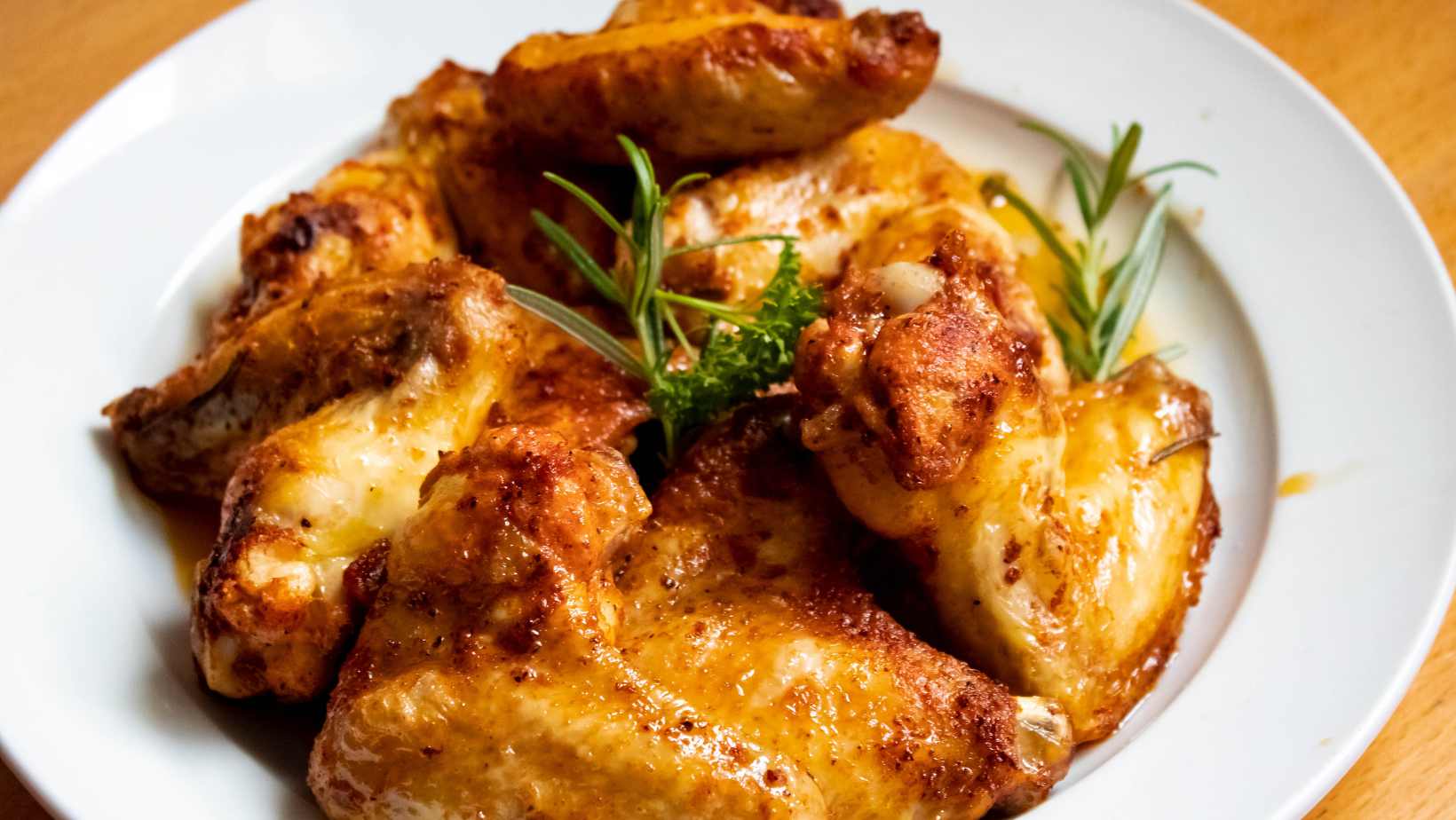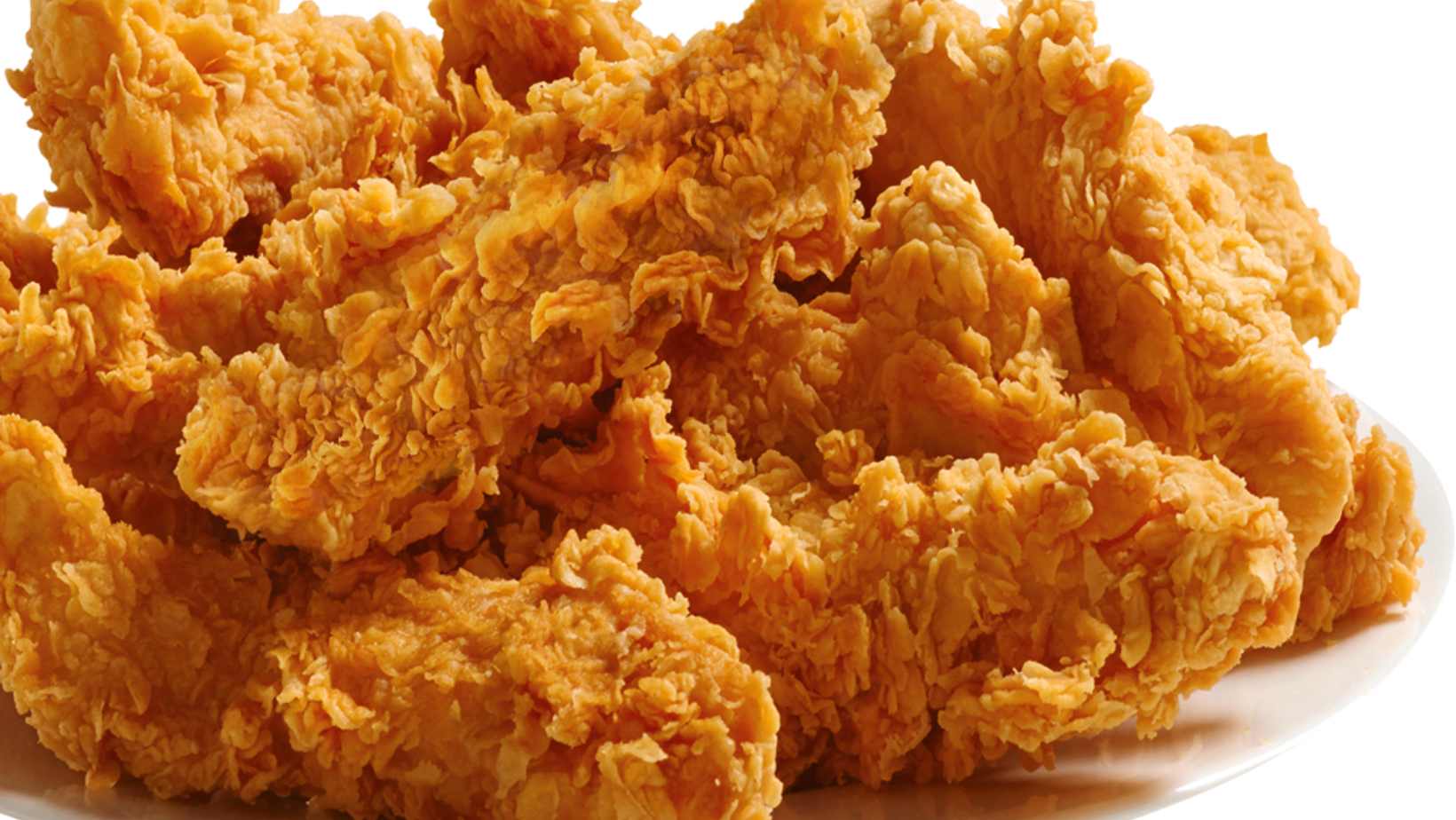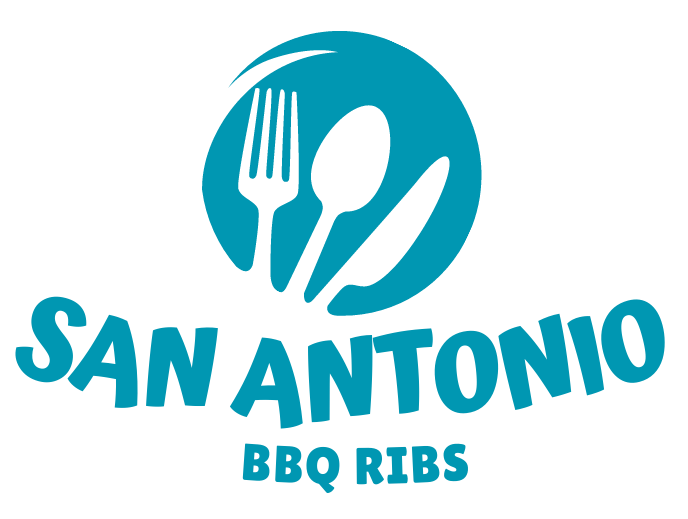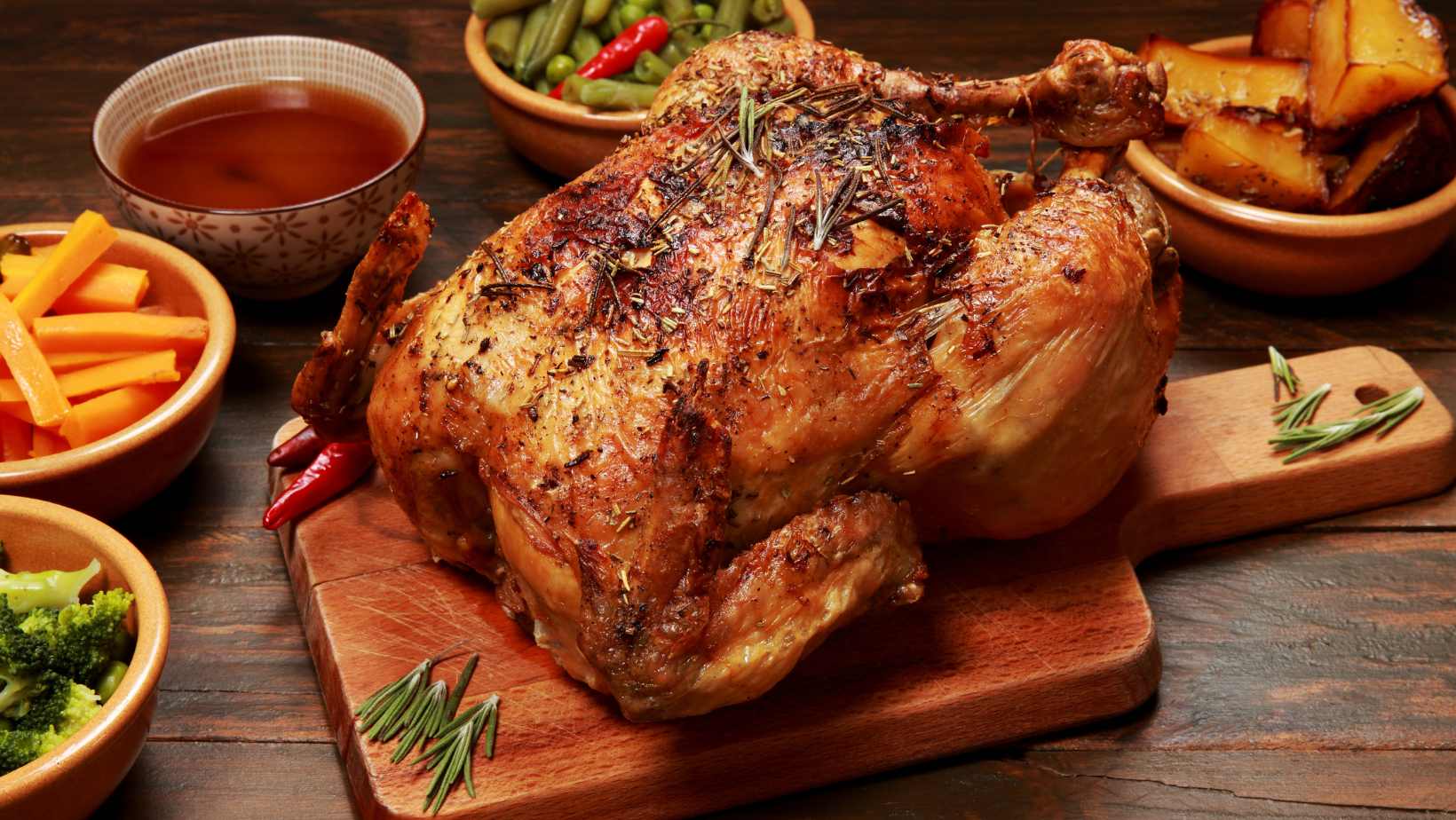Maintaining good health means we must ensure the safety of our food. Safe food practices help us avoid contamination, spoilage, and illnesses. A food worker making chicken salad with 3-day old chicken poses a significant risk. Thus, it’s important to follow safe food handling and preparation methods.
A Food Worker Prepares Chicken Salad With Chicken That Was Cooked 3 Days Ago
Monitoring all aspects of food production is key. This includes proper storage, cooking, handling, and sanitation procedures. By following these guidelines, we can reduce the risk of bacteria like salmonella or E. coli present in raw meat.
Consumers should also practise safe food consumption habits. Read labels carefully and avoid eating expired or improperly stored foods. Doing this stops stomach upsets and more serious health issues related to foodborne illnesses.
Pro Tip: Check expiration dates before buying or consuming perishable products. Keeping food at consistent temperatures helps maintain its quality without increasing risk. Don’t take a chance with old chicken!
Dangers of Eating Old Chicken
Eating chicken that is not fresh can cause health risks. Symptoms range from mild nausea to severe illnesses such as Salmonella or E. coli. Preparing chicken salad with old chicken can lead to bacteria growth and contamination if temperatures are not kept. So, it’s critical to follow food safety protocols and eat fresh food quickly.
Cooking large amounts of chicken to save money is risky. Reheating won’t stop toxins produced by bacteria which cause food poisoning. Best to consume recently cooked food and discard leftovers in 2-3 days.
To protect yourself, take precautions when cooking, storing and eating. Recently a restaurant patron got food poisoning from outdated chicken in a salad. This serves as a reminder to maintain safety standards. Who will be the real survivor – the chicken or the person who eats it?

Food Worker Prepares Chicken Salad With Chicken Cooked 3 Days Ago
A shocking and hazardous practice happened: chicken salad was made with cooked chicken which had been kept in the fridge for three days. This is an obvious breach of food security rules, and shows the risks of eating old chicken. Cooked leftovers of poultry should be consumed within two to three days; otherwise, it can become a place where harmful bacteria like salmonella and campylobacter grow.
Correct handling and temperature control are essential to avoid food poisoning.
It’s important to be aware of the potential risks of having the wrong food. In this case, eating old chicken can cause severe health problems such as diarrhoea, fever, abdominal cramps, and even death. With the rising demand for convenient and pre-prepared meals nowadays, there is a hazard posed by taking shortcuts which prioritise speed over safety.
Consumers must be careful when it comes to food quality and safety. Food handlers must stick to strict guidelines to stop contamination and spoilage. Careless behaviour shows the importance of having regular checks to make sure food hygiene regulations are followed.
Storing food safely isn’t hard, but treating your fridge like a lab can be very risky!
Guidelines For Safe Food Storage
Maintaining Food Freshness: A Professional Guide
Safe food storage is essential for keeping food fresh and avoiding food poisoning. Follow these 4 easy steps to guarantee your stored food is secure:
- Store raw meats at the bottom of the fridge to avoid cross-contamination with other foods.
- Don’t store canned foods after they’ve expired.
- Put vegetables and fruits in different drawers to stop ethylene gases from ripening produce too soon.
- Use airtight containers for leftovers and label them with date stamps to keep track of how long they’ve been stored.
Moreover, different types of food need various storage methods such as temperature, humidity, and ventilation. Using these tips can help stop bacterial growth while preserving quality.
To better your safe food storage habits, buy a digital thermometer to accurately monitor temperatures in your fridge and freezer. By following proper storage techniques and tracking conditions, you can greatly reduce the danger of food contamination and keep optimal freshness. Remember, if it smells bad, looks bad, and tastes bad, don’t ignore it – it’s probably stale chicken.
Best Practices For Safe Food Preparation
Ensure food safety! It’s a must. Here’s how:
- Wash hands properly and wear gloves when needed.
- Check food temperatures frequently.
- Sanitise all surfaces that come into contact with food.
These 3 steps aren’t all it takes. Talk to the local health department for guidelines. Use separate boards and knives for meat products and non-meat products to reduce cross contamination.
Regularly check equipment, make repairs quickly, and stay up to date with FDA regulations.
By being proactive, you can protect your clients from food contamination. This builds public trust in your commercial kitchens. Food workers need to put on their chicken suit of armour to stay safe.
Importance of Educating Food Workers
Train Food Service Professionals About The Dangers Of Old Food.
Employees must be trained on the risks of using past-its-prime chicken. This will help them spot hazards and protect customers from contaminated food.
Know the importance of proper storage and cooking temps. Chicken proteins break down quickly, making them prone to bacteria after 3 days in the fridge. Discard cooked chicken after that time. Labelling and rotation protocols will help avoid cross-contamination.
Regular inspections from authorities can also play a part in safe handling processes. Management and staff must work together to develop a culture of food safety.
Pro Tip: Create a manual with visuals on potentially hazardous activities such as outdated meat, raw poultry and temp control during cooking and storage.
It’s better to be over-cautious than under-cooked when it comes to food safety.
Conclusion
Food safety is top priority in the food industry. Eating old chicken can be risky. A food worker made chicken salad with chicken that was cooked 3 days ago. This can make people sick if they eat it past its expiration date.
People who handle food must understand the importance of good hygiene standards. This stops bacteria spreading and keeps customers safe from getting ill or worse.
Cooked chicken should not be stored for more than two days above 40°F. Bacteria can grow on the surface, which won’t be noticeable by taste or smell.
Food handlers must pay attention to food safety rules. They should always think about the safety of their clients, and only use fresh ingredients that are within their shelf life limits.
A restaurant in New York was closed after people got sick from eating its chicken. It was found the chicken had been stored at an unsafe temperature. Bacterial growth caused food poisoning in the customers. This shows why food handlers must be careful when making meals and don’t skip food safety protocols.
















































